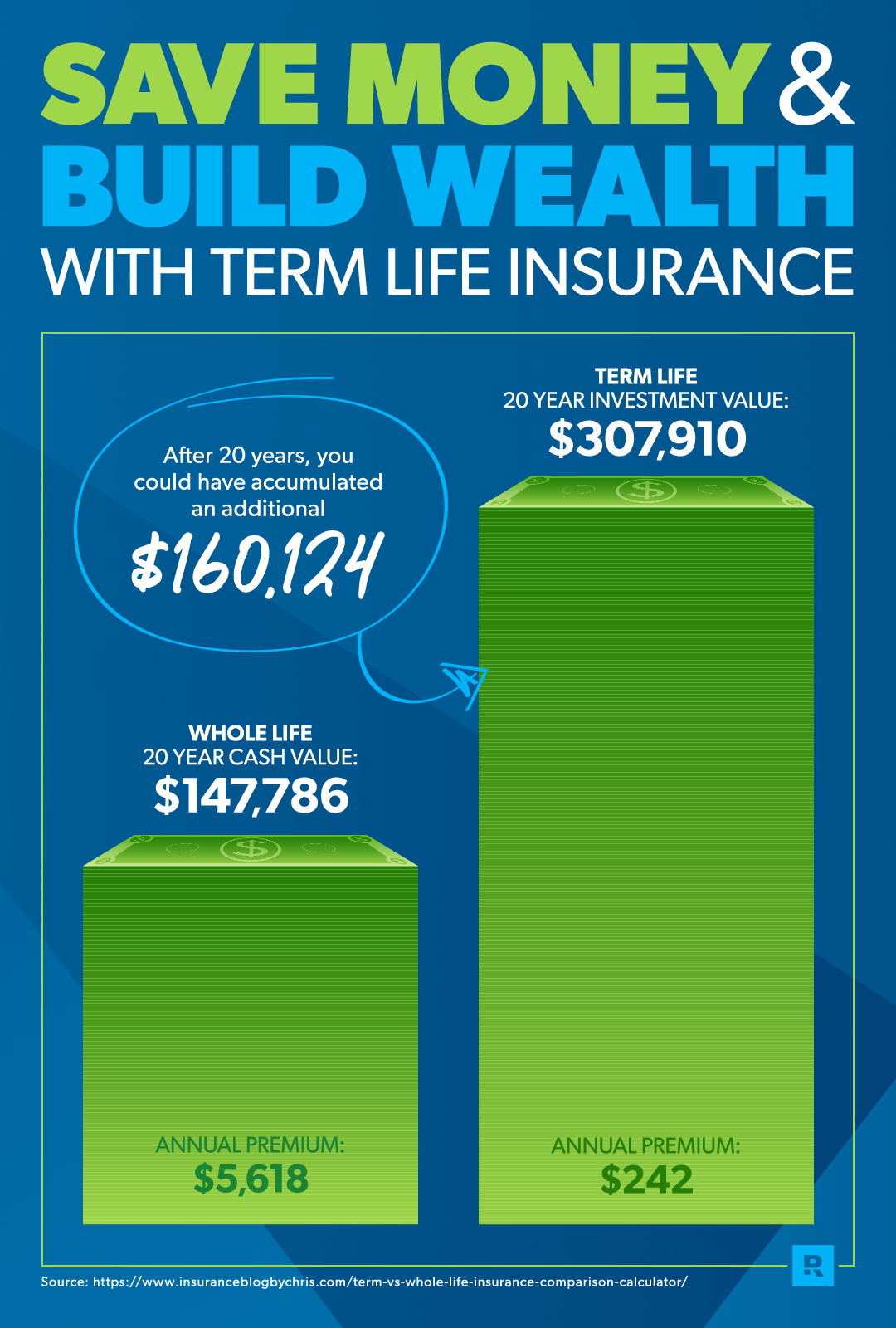Despite the loan provider's requirements, we suggest acquiring a policy for the following advantages: While a property owners insurance policy may be more pricey than vehicle insurance coverage or occupants insurance, it might conserve you money in the long run and prevent you from paying for expensive damage to your home or personal belongings. Damage from nearly all occasions are covered under a basic homeowners insurance plan. The only major occasions that likely will not be covered are natural catastrophes, which can be secured with a recommendation. If your products are damaged or lost while taking a trip, your policy will pay to replace them.
In southern states like North Carolina, South Carolina, and Alabama, the typical 2,000-square-foot house will cost $200,000 to rebuild. How much is flood insurance. Based upon that info, here's what a sample policy for that house might look like: Kind of Coverage Quantity of Protection Type of Coverage Quantity of Protection Dwelling $200,000 Other structures $20,000 Personal home $100,000 Loss of use $40,000 Liability $300,000 Medical payments to others $1,000 per individual Deductible $1,000 Prior to starting your search for home insurance coverage, checked out the following pointers: You have 3 choices to determine the replacement expense of your house. When you start the quote procedure with an insurance provider, you'll be asked questions about your property, and the provider will automatically produce a dwelling quantity based on the information you offer. House insurance in the United States may differ from other nations; for example, in Britain, subsidence and subsequent structure failure is generally covered under an insurance policy. United States insurance provider utilized to offer structure insurance, which was decreased to protection for damage due to leakages, and lastly gotten rid of completely. The insurance is typically misconstrued by its purchasers; for example, many believe that mold is covered when it is not a standard coverage. The very first homeowner's policy per se in the United States was introduced in September 1950, however similar policies had already existed in Terrific Britain and certain areas of the United States.

Prior to the 1950s there were different policies for the various dangers that might impact a home. A homeowner would have needed to purchase separate policies covering fire losses, theft, individual residential or commercial property, and the like. During the 1950s policy kinds were developed permitting the house owner to acquire all the insurance coverage they required on one total policy. However, these policies differed by insurance business, and were challenging to comprehend. The requirement for standardization grew so excellent that a personal company based in Jersey City, New Jersey, Insurance Provider Workplace, also called the ISO, was formed in 1971 to supply risk information and it issued simplified homeowner's policy forms for reselling to insurer.
How What Is The Cheapest Car Insurance can Save You Time, Stress, and Money.
Property owner's insurance coverage has actually been reasonably unprofitable, due in part to catastrophes such as hurricanes in addition to regulators' unwillingness to license price increases. Coverages have actually been decreased instead and companies have actually diverged from the previous standardized design ISO types. Who owns progressive insurance. Water damage due to burst pipelines in particular has been restricted or sometimes entirely eliminated. Other restrictions included time frame, complicated replacement cost computations (which may not reflect the real expense to replace), and reductions in wind damage coverage. According to a 2018 National Association of Insurance Commissioners https://blogfreely.net/whyttau1el/the-very-best-representatives-also-understand-that-if-you-desire-to-close-sales (NAIC) report on information from 2016, 73. 8% of houses were covered by owner-occupied homeowners' policies.
52% had an HO-3 Unique policy, and 13. 35% had the more expensive HO-5 Comprehensive. Both of these policies are "all threats" or "open dangers", suggesting that they cover all dangers except those specifically excluded. Residences covered by an HO-2 Broad policy represented 5. 15%, which covers just specific named perils. The remaining 2% consists of the HO-1 Standard and the HO-8 Modified policies, which are the most restricted in the coverage provided. HO-8, likewise referred to as older home insurance coverage, is most likely to pay only actual cash worth for damages rather than replacement. The staying 21. 3% of home insurance coverage were covered by tenant's or condominium timeshare refund insurance.
8% of these had the HO-4 Contents Broad form, also called tenants' insurance coverage, which covers the contents of a house not specifically covered in the blanket policy composed for the complex. This policy can also cover liability developing from injury to guests as well as give back timeshare complaints negligence of the renter within the protection area. Common protection locations are events such as lightning, riot, airplane, explosion, vandalism, smoke, theft, windstorm or hail, falling things, volcanic eruption, snow, sleet, and weight of ice. The remainder had the HO-6 Unit-Owners policy, also referred to as a condominium insurance coverage, which is designed for the owners of condominiums and consists of coverage for the part of the structure owned by the insured and for the home housed therein.
